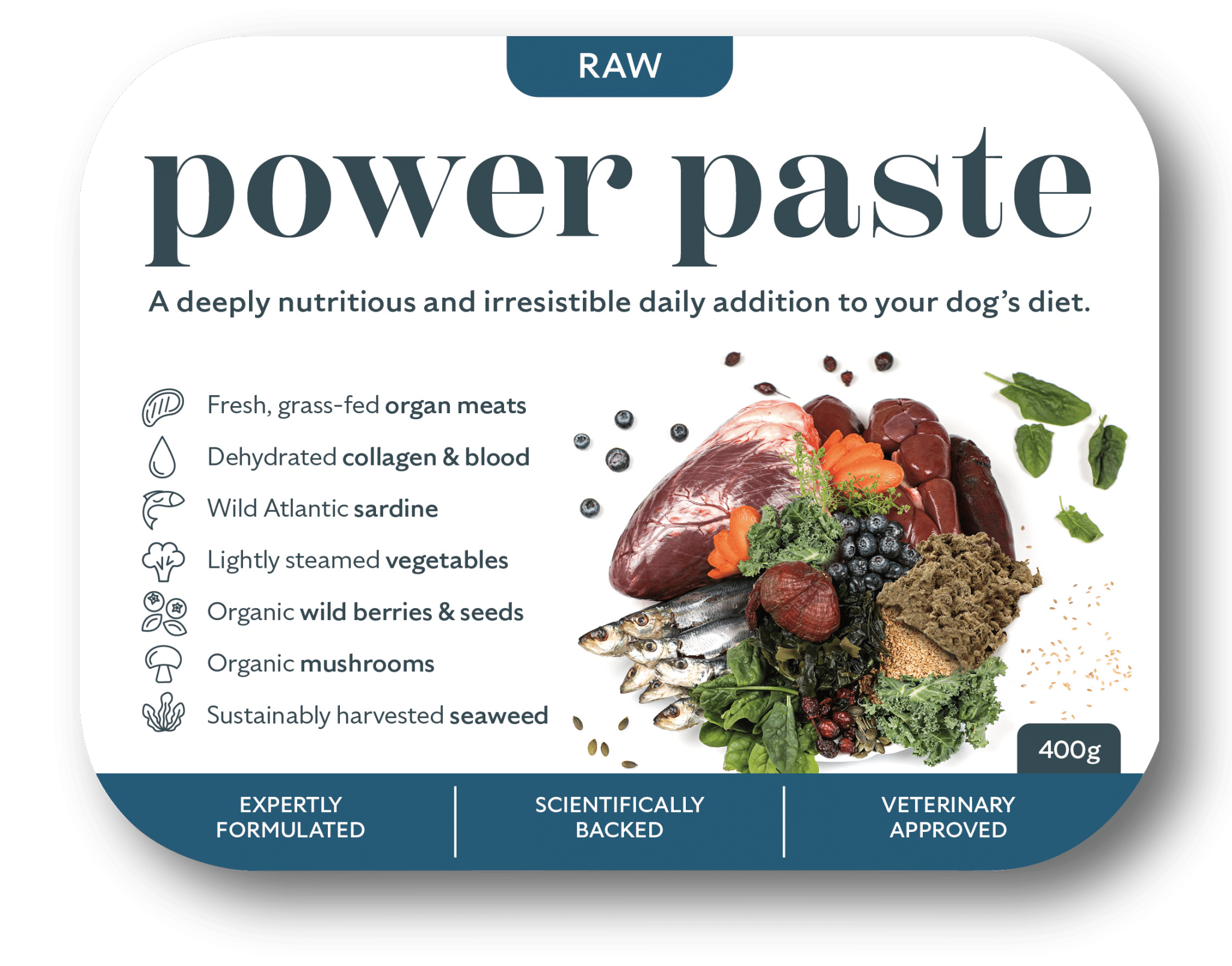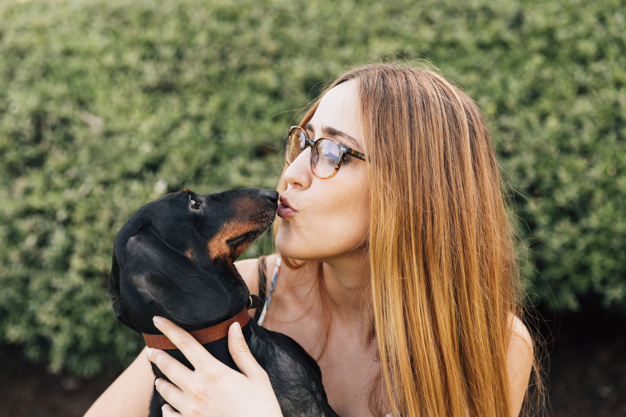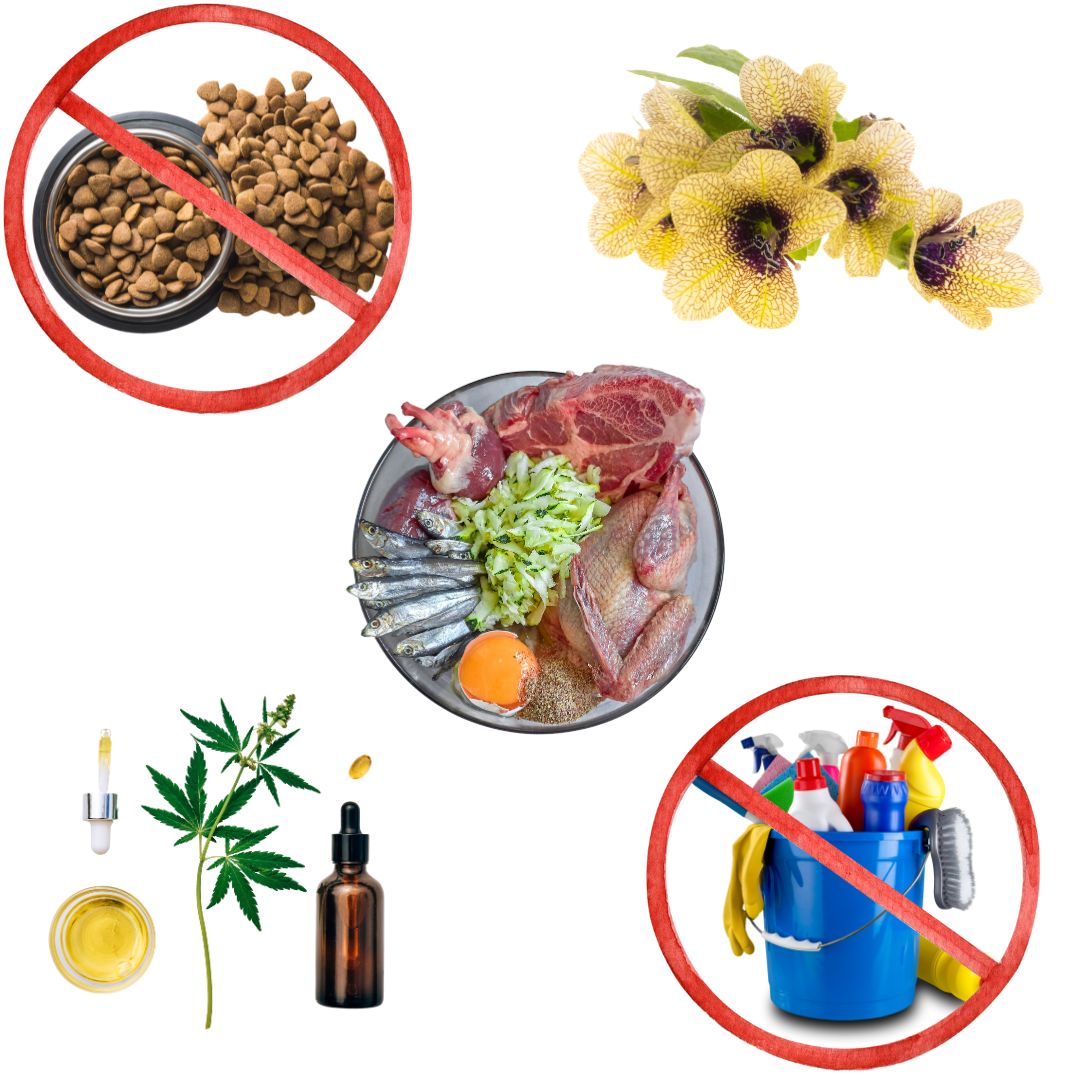It’s understandable that, as dog owners, we worry about fleas. We’re told it’s a standard part of dog life and something we should prevent with a plethora of treatments. After all, we hate the thought of little critters crawling around our soft furnishings and biting us in our sleep. One of the most common topics we are asked about here at Dogs First is fleas, so we thought we’d answer all of your burning questions. Let’s get cracking.
This article will cover:
What are dog fleas?
Fleas are 1–6 mm long, flattened, wingless insects. They have robust hind legs that enable jumping and possess a mouth adapted for piercing skin and sucking blood.
Fleas are defined as ectoparasites. Ecto means outside, and a parasite is an organism that lives on other animals. Ectoparasites are parasites that live on the skin or hair of other animals.
Understanding the flea life cycle
Fleas are blood-sucking creatures for a reason. They need this feed to reproduce. A flea can begin laying eggs within 24 hours of its first blood meal. They can even reach a rate of 40-50 eggs per day!
It’s easy to see how infestations occur.
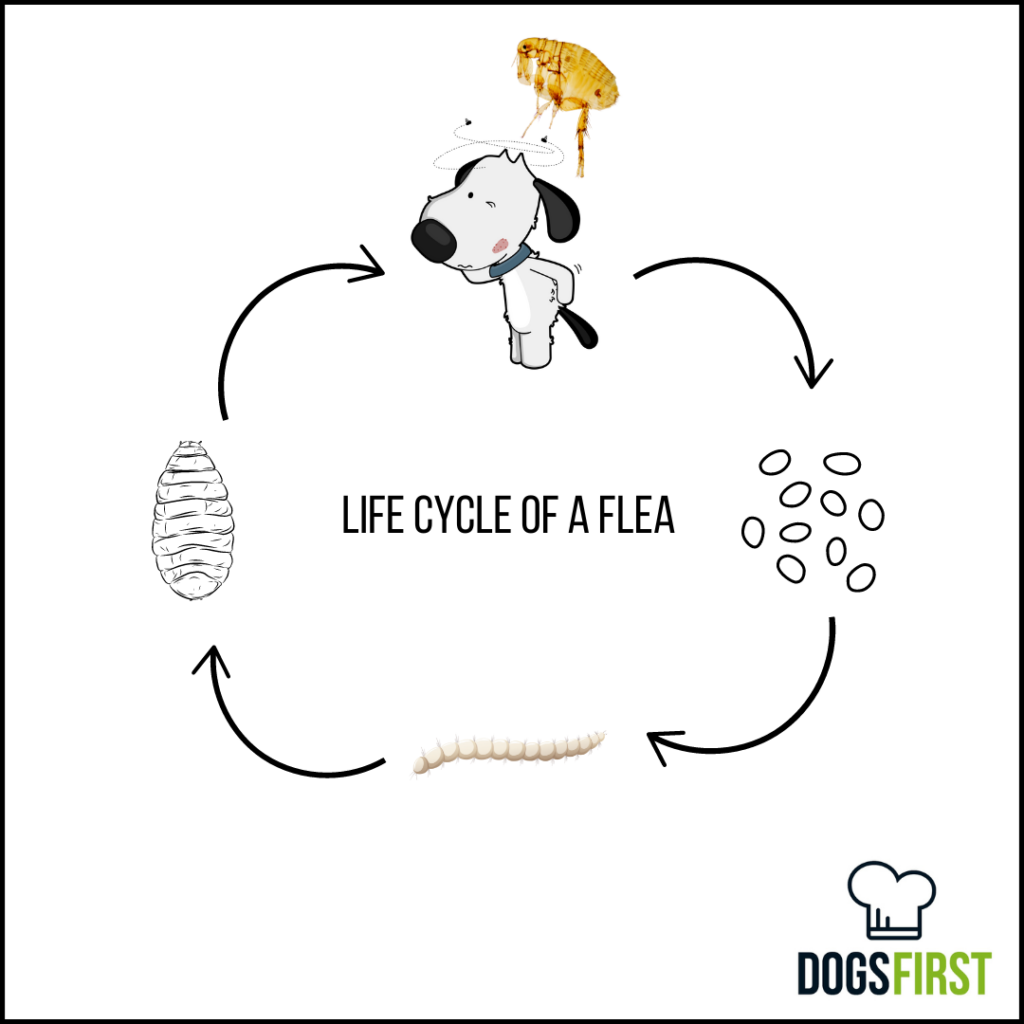
Let’s take a look at this cycle:
- After finding an animal or human host and taking a blood meal, adult fleas will mate and begin laying eggs in the fur and surroundings of the host. These eggs will hatch in one to ten days.
- After hatching from an egg, fleas enter their larval stage. Larvae are free moving and feed on blood and flea faeces (also known as flea dirt).
- Within 5-20 days of feeding on flea dirt, the larvae will spin a cocoon and enter the pupa stage. This cocoon protects the pupa from the environment for several days or weeks until adult fleas are ready to emerge.
- Adult fleas are smart little cookies. They won’t emerge from the cocoon until there is a clear presence of a host. This can be as simple as movement or body heat. This signals there is a blood meal readily available.
- Adult females begin to feed from a host within a few hours of emerging from the cocoon and soon after will mate and begin laying eggs.
And so the cycle continues…

Dog Flea Symptoms: How can you tell if your dog has fleas?
Whilst you may not easily see those pesky critters, there are a few telltale signs that your dog has fleas, and they can include:
- Hair loss
- Irritated skin
- Bald patches
- Excessive scratching
How to identify flea dirt on dogs
Flea dirt is the faeces of fleas. It is a mix of blood meal and flea waste product and looks like specks of black pepper. To see if your dog has any flea dirt on them, run a flea comb, or your fingers, against the direction of your dog’s fur to part the hair.
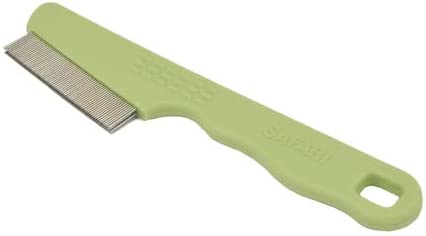
Why do fleas make dogs itch?
An itch is a unique sensation that helps our dogs scratch away external threats. So a flea isn’t by itself itchy – its presence, bite, and saliva induce a response in the nervous system that tells the brain to get rid of the issue. An itch sensation causes scratching behaviour which can result in the hallmark signs of an immune response; redness and pain. This immune response can result in further itchiness, perpetuating the cycle. In addition, the temporary pain results in the brain sending pain-relieving chemicals to the area, which is why it feels so nice to scratch an itch!

How do dogs get fleas?
As is always said, prevention is better than cure, so if we know how dogs get fleas, can we prevent it in the first place?
● Other animals
Your dog picks up fleas from other animals who have them. Fleas can also be present in the environment, waiting for a host to jump on.
● Location
Infestation rates are highly variable yearly and depend on location, for example, whether dogs are rural or urban. One study demonstrated that dogs living on farms are more likely to get fleas than those living in apartments. Yet it was noted that many farm dogs are involved in hunting, having greater exposure to wild animals.
In addition, the infestation was also associated with living in a multi-pet household. Higher flea abundance has been noted in homes with more pets.
● Time of year
Seasonal variations in an infestation are also noted, with a lower prevalence in winter and an increase from spring to autumn.
But fleas are attracted to heat, movement, light and CO2, so if your dog is warm, moves and breathes, they are a flea target!
● Coat condition and length
Additional data suggests that flea infestations are more common in longer-haired pets and those with cleaner coats (compared to dirty coats). Whilst data is still limited, anecdotal suggestions suggest that the food you feed can influence infestation levels.

The vital role of a healthy immune system
We must also consider the role of the immune system in parasitic infection (h2)
A 2022 study reported indicators of dog health from a guardian perspective. Amongst 21 other specific disorders, researchers found that between a vegan, conventional meat and raw meat diet, those dogs fed a raw meat diet had fewer parasitic infections, as reported by their guardians.
Those dogs fed a vegan diet had the highest number of parasitic infections. It’s important to note that these parasitic infections weren’t further defined, and so we must consider they include both ecto and endo (internal) parasites.
Parasitic worms have evolved to evade host immune responses – they don’t want to get killed after all.
Parasitic worms work hard to neutralise immune pathways that would otherwise expel them, and along with this, they reset the thresholds of immune reactivity in their host. Creative little critters, aren’t they?
But what if they target poorer functioning immune systems in the first place? Does this give them more of a chance at survival?
Parasites do appear to target the immunologically weak, the very old or the very young.
From experience, we’ve noted that a heavy and unmanageable flea infestation is often a sign that all is not well under the hood. To this end, a fresh food diet will ensure a healthy dog with a fully functioning immune system, which is the best protection against fleas.

Canident – tartar remover for dogs
Why Does My Dog Keep Getting Fleas?
If your dog is frequently infested, not only do you want to consider how well your dog’s immune system is functioning, but this can also mean that the flea’s life cycle hasn’t been interrupted.
Flea eggs are hatching, and these critters are looking for their next meal! The only way to stop an infestation is to break the cycle. That means your house and garden will need a very deep clean, which can be done without harsh chemicals.
A 2005-2006 study of dog owners found that very few owners attempt to kill fleas in their animals’ environment – instead, believing that fleas are only acquired from other cats or dogs, but that isn’t always the case.
FAQ
1. How Long Can A Flea Live Off A Dog?
Fleas generally need to feed every 12 hours to stay nourished. Studies have shown that when removed from a host after a feed, after 12 hours, all gained weight and protein is lost.
Fleas will also typically die of starvation within four days of being removed from a host – provided they don’t find a new one.
What’s particularly interesting is that fleas seem to reach a dependency threshold. One study found that if fleas were fed from a host for five days and removed, they died within 2-4 days. However, when the initial feeding time was restricted to 12 hours, the fleas lived 14 days after being removed from the host.
2. Do Puppies Get Fleas?
Yes, they do, and it’s more of a concern than in the generally healthy adult dog. The blood loss caused by feeding fleas can lead to anaemia in the puppy. In short, the puppy hasn’t got enough red blood cells to support basic functions. The telltale signs include pale gums, weakness and lethargy.
3. Can Fleas On Dogs Get On Humans?
Whilst fleas are easier to spot on human skin and so often removed swiftly, they can still bite us before we realise it. Some humans seem more susceptible to flea bites than others, which is thought to be related to individual odour and respiration. Fleas are attracted to CO2 largely because it’s what warm-blooded organisms produce, and fleas need blood.
4. Do Dogs Scratch After Fleas Are Gone?
Fleas will pierce the skin to get their blood meal. We often forget that the skin is the first line of defence in our dog’s immune system, so an army of immune cells arrives when it is breached. A flea bite is technically a wound and will take time to heal. Even if we have removed fleas, their handiwork remains until our dog’s body has managed the threat and healed. If the flea bites appear red and painful, our dogs may still experience itchiness because the immune response is still active.
Conclusion
If you’ve made it to the end without itching, well done. Even just thinking about fleas can make us itch. But now we know a little more about them; you will want to know how to eliminate them.
Here at Dogs First, we don’t advocate popular spot-on/chemical treatments for several reasons. Largely that they’re not perfectly safe and they’re particularly expensive. In addition, over years of experience, we have found safer, more successful approaches to tackling fleas. If you’d like to know how to treat fleas safely, check out our next blog and remember that a healthy dog is the best protection.





